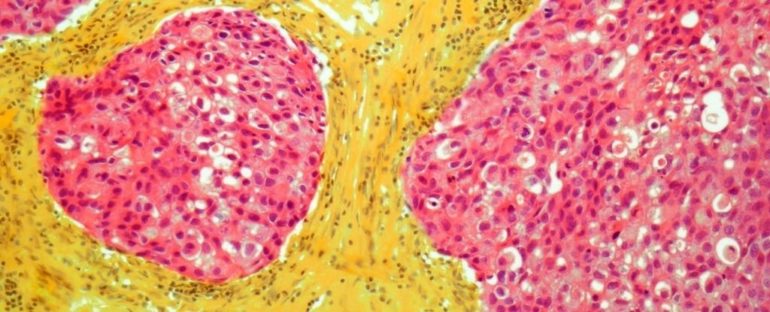Many women who are genetically susceptible to breast cancer have no idea they can take preventative medication to reduce their risk of developing the disease, according to new research from Australia.
When taken daily for five years, estrogen receptor modulators, like tamoxifen, and aromatase inhibitors, like anastrozole, can cut the risk of breast cancer from one third to one half in high-risk patients, and these benefits can continue for many years after the medication is stopped.
Given such promising results, current national guidelines in multiple countries recommend preventative therapies are offered to patients at high risk of developing breast cancer, and yet today, an astonishing number of patients and clinicians seem to have no awareness that these options exist.
Of all 725 women surveyed in the study, more than half were not aware breast cancer preventive therapies were available, and only 10 had ever taken this kind of medication (1.5 percent).
What’s more, because the study was conducted among patients at a research facility for familial breast cancer – where exposure to risk-reducing medications is probably greater – awareness could be even lower in the wider population.
The results of the Australian survey match other studies elsewhere in the world, where the uptake of chemoprevention drugs are woefully low.
Of the millions of women in the US eligible for breast cancer preventative therapy, for example, fewer than 10 percent currently agree to take these drugs. In Australia, it would seem, that number is even lower.
The reasons for this low uptake are numerous, and generally boil down to a lack of education and clear communication between health officials and the wider public.
Some individuals with high-risk breast cancer genes, for instance, might not realize how vulnerable to breast cancer they actually are. In the Australian survey, nearly a quarter of high-risk respondents were under the impression their susceptibility to breast cancer was only moderate.
Clinicians clearly need to do a better job explaining the risks, but they also need to explain the therapies better, too. In the Australian survey, only half of all breast surgeons said they felt confident providing information to patients on breast cancer preventive therapies.
Even more worrisome, 35 percent of family physicians were not aware such options even existed, and these are the clinicians usually responsible for writing prescriptions.
Because all chemoprevention drugs are off patent, there’s currently no commercial incentive for pharmaceutical companies to educate patients or physicians, which means the government and health organizations must step up and fill this role – whether it be through a public education campaign, physician training, or automatic prompts on clinician software.
Addressing patient concerns about side effects must be a key part of that, as many respondents in the survey felt they had been given inadequate information.
Some patients, for example, conflate chemoprevention drugs with the more toxic effects of chemotherapy, which is why some experts think we need to change the name to breast cancer preventive therapies.
“Consistent with previous research, the strongest barrier to risk-reducing medication identified by women and breast surgeons was side effects,” the authors of the survey write.
“Seeing family and friends experience side effects from similar medications was also a strong barrier.”
While some of these patients might not want to deal with the side effects of a usual dose of tamoxifen, which include menopause-like symptoms, weight gain, and nausea, studies suggest a lower dose for three years can also be efficacious, and patients should be offered this option as well.
Misunderstandings also need to be directly addressed. In the current survey, many women were under the impression breast cancer prevention therapies might put them at added risk of endometrial cancer and blood clots.
However, aromatase inhibitors do not increase the risk of blood clots or endometrial cancer in premenopausal women, and the absolute risk of blood clots for those taking tamoxifen is generally small, and does not come with an added risk of endometrial cancer.
Ultimately, it’s up to patients to decide how they want to deal with a high genetic risk of breast cancer, but they deserve to know all their options, and the risks either way must be clearly communicated, so they can make an informed decision for themselves.
While medicine has taken great strides in reducing mortality from breast cancer, the incidence of this disease continues to rise, even with the existence of preventative therapies. Clearly, we need to do better.
The study was published in Cancer Prevention Research.
